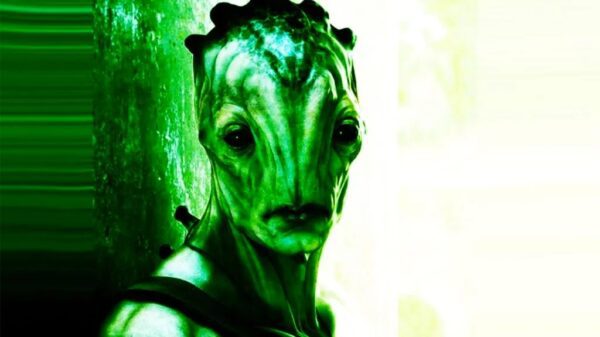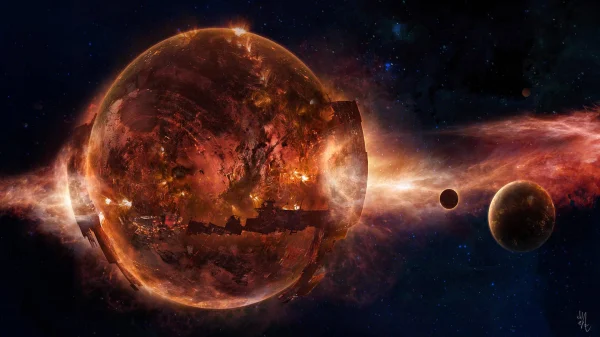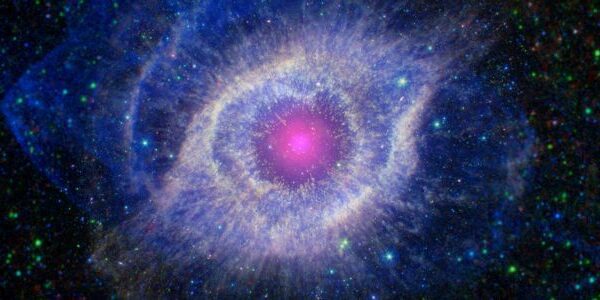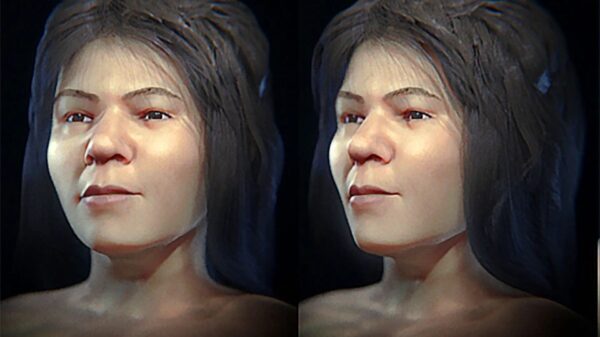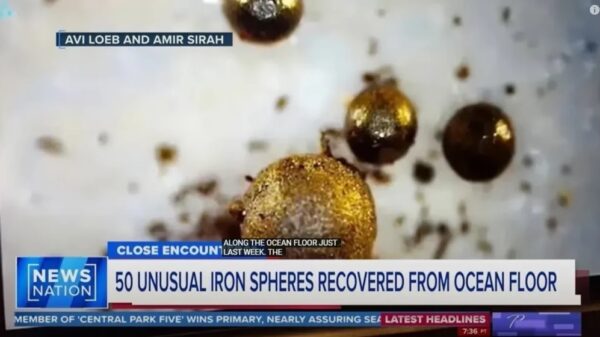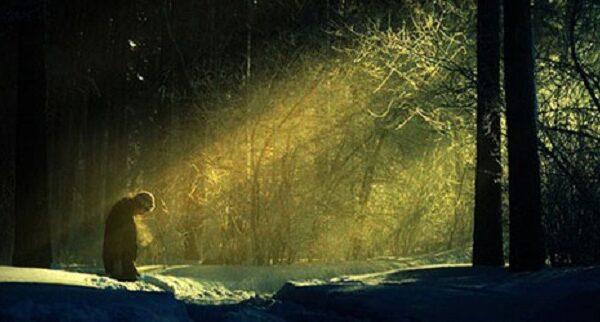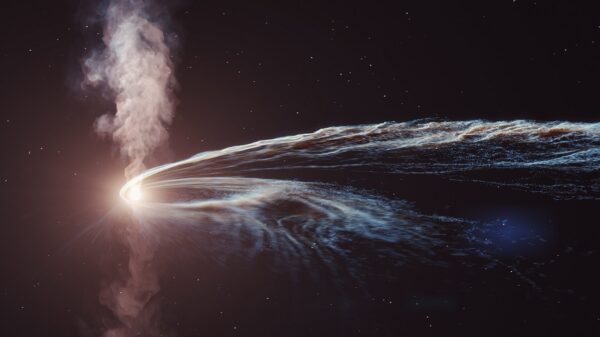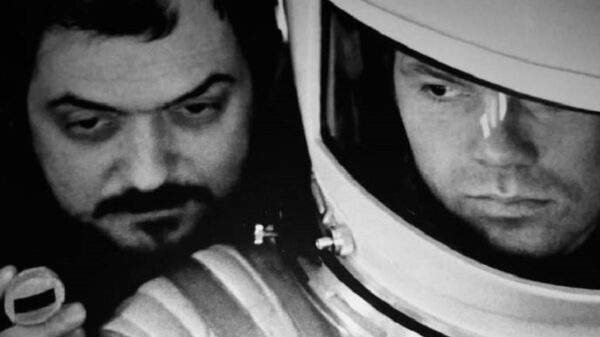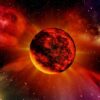There is something unusual swarming in the depths of space. Astronomers have discovered four faint objects that are circular in radius wavelength and glow at their edges. These are astronomical objects of an unknown class, never seen before.
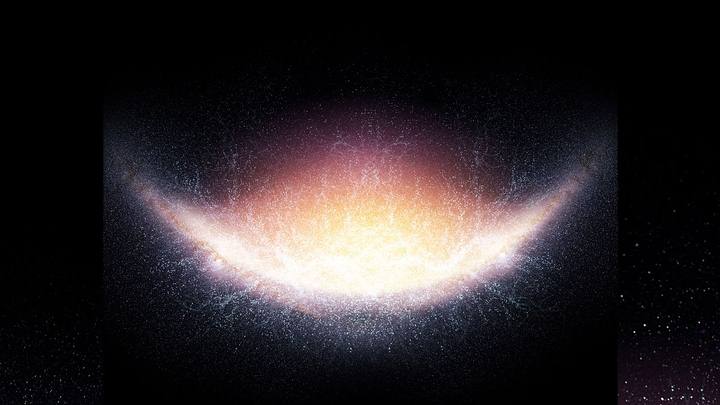
The objects, which look like distant ringed islands, have been dubbed “odd radio circles,” or ORCs. Experts don’t yet know exactly how far away these ORCs are, but they could be related to distant galaxies. All objects were found outside the galactic plane.
At new study detailing the discovery, astronomers offer several possible explanations, though none fit entirely for all four ORCs. After ruling out that they were supernovae, galaxies with forming stars, planetary nebulae, and gravitational lenses – the magnification effect generated by space-time folded by massive objects – among other things, they speculate that the objects could be left shock waves. by some extragalactic event or possible activity from a galaxy radio.
“The objects point to a new phenomenon that we have not yet been able to prove,” Kristine Spekkens said, an astronomer at the Royal Military College of Canada and Queen’s University, who is not a signatory to the new study. “It could also be that they were extensions of a previously known class of objects that we haven’t been able to explore.”

Also, Spekkens thinks the cause may be a different phenomenon. All four ORCs are bright at radio wavelengths but invisible in visible, infrared, or X-ray light. But two of these have galaxies at their centers at visible wavelengths, suggesting that these could at least have formed in those galaxies. Two of the ORCs also appear very close to each other, so they would be related in origin.

The Australian Square Kilometer Array Pathfinder (ASKAP). Credit: CSIRO
Astronomers detected three of the objects when mapping the night sky at radio frequencies, as part of a pilot survey for a new project called the Evolutionary Map of the Universe (EMU).
EMU used ASKAP, a radio telescope array located at the Murchison Radio Astronomy Observatory in the Midwest of Australia, from July to November 2019. This radio telescope uses 36 dish antennas that work together to obtain a wide angle view of the sky.
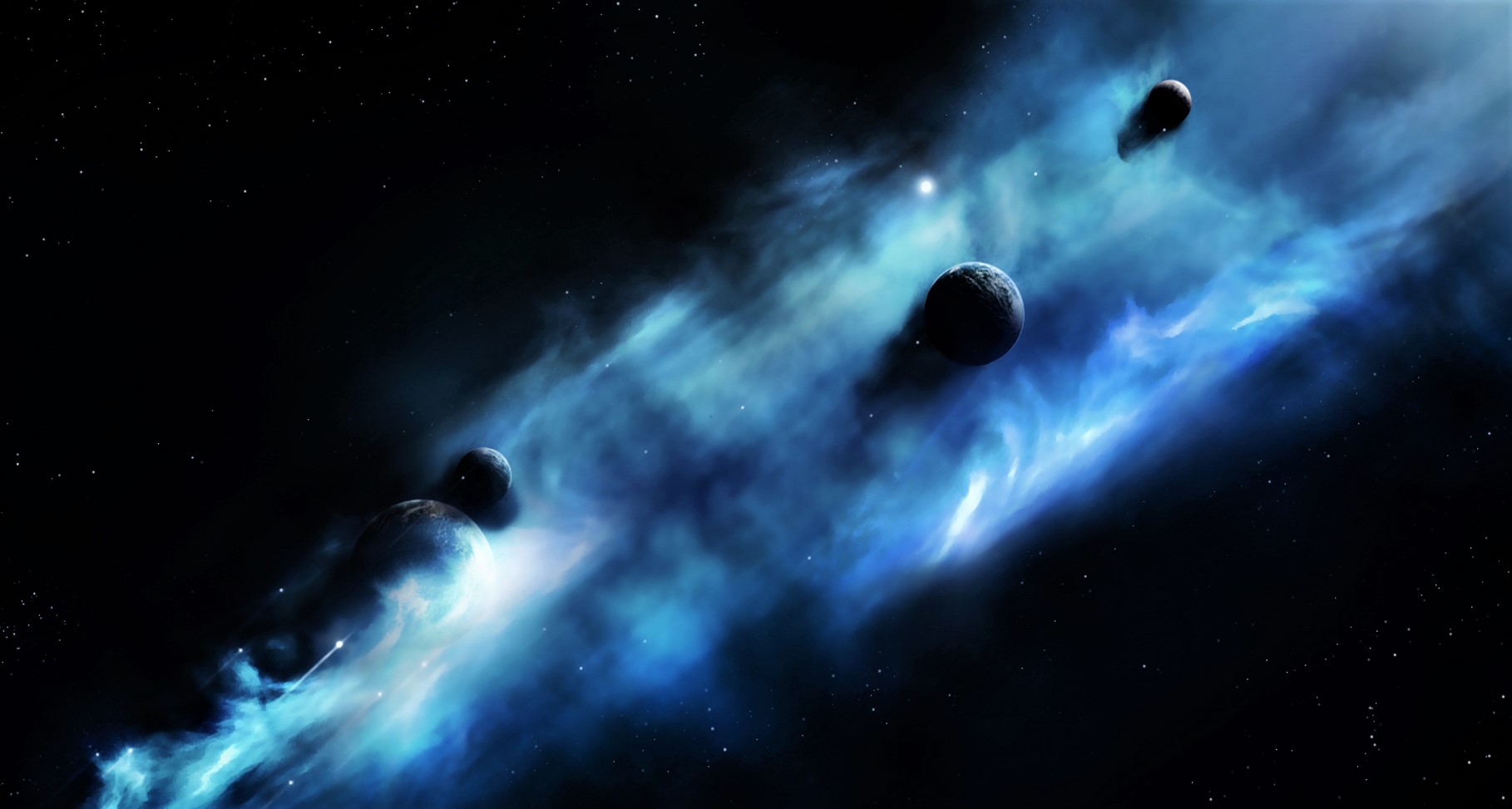
The fourth ORC was found in archival data collected by the giant MetreWave radio telescope in India. The latter helped astronomers confirm that the objects were real and not an ASKAP anomaly.
But with only four of these peculiar objects discovered so far, experts barely glimpse the true nature of these structures. However, the EMU survey is in its infancy, so more data is expected to emerge to help solve the mystery.
Source: Live Science


